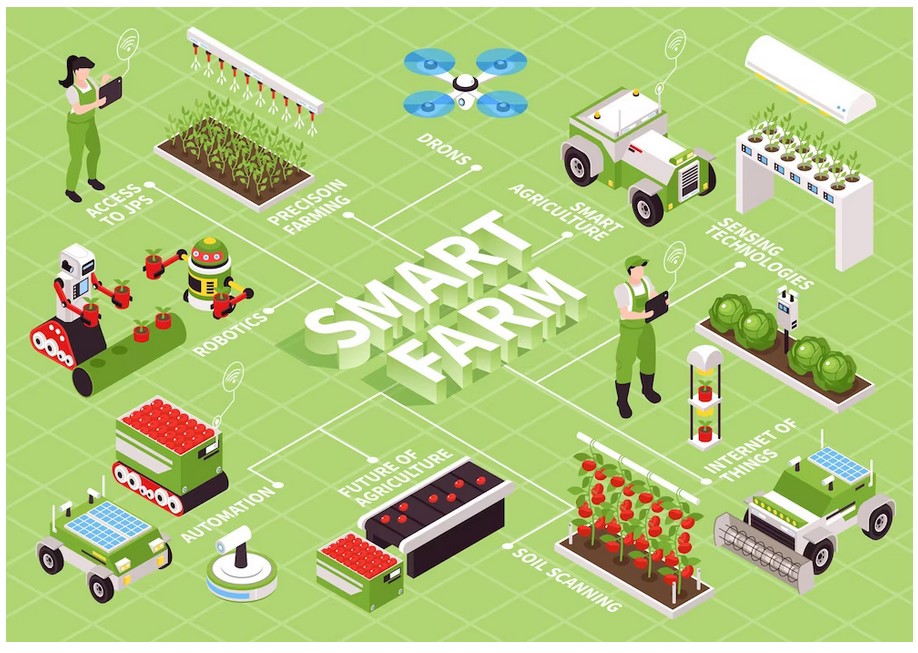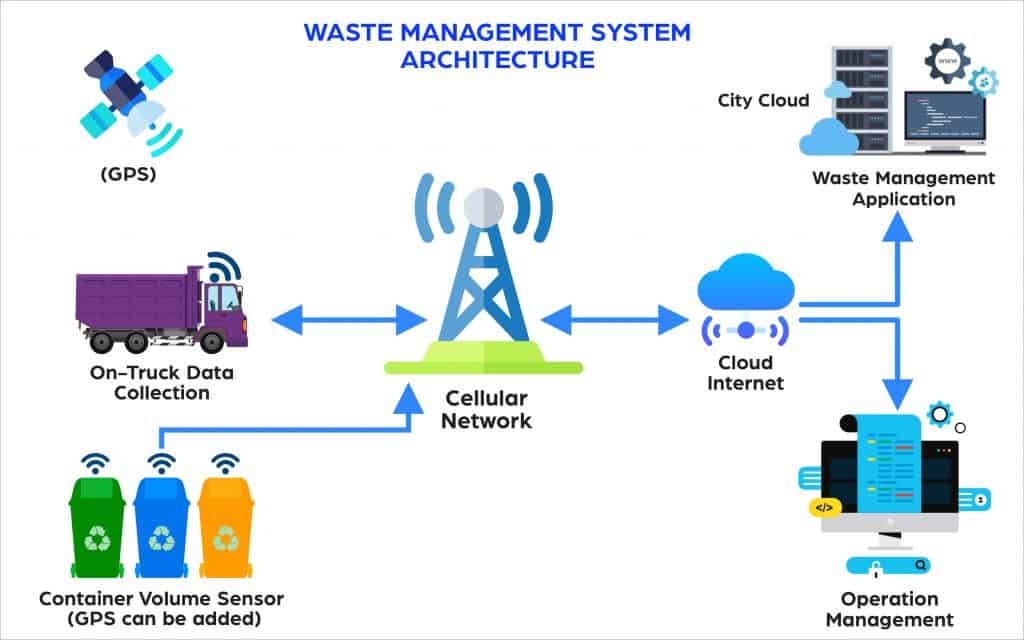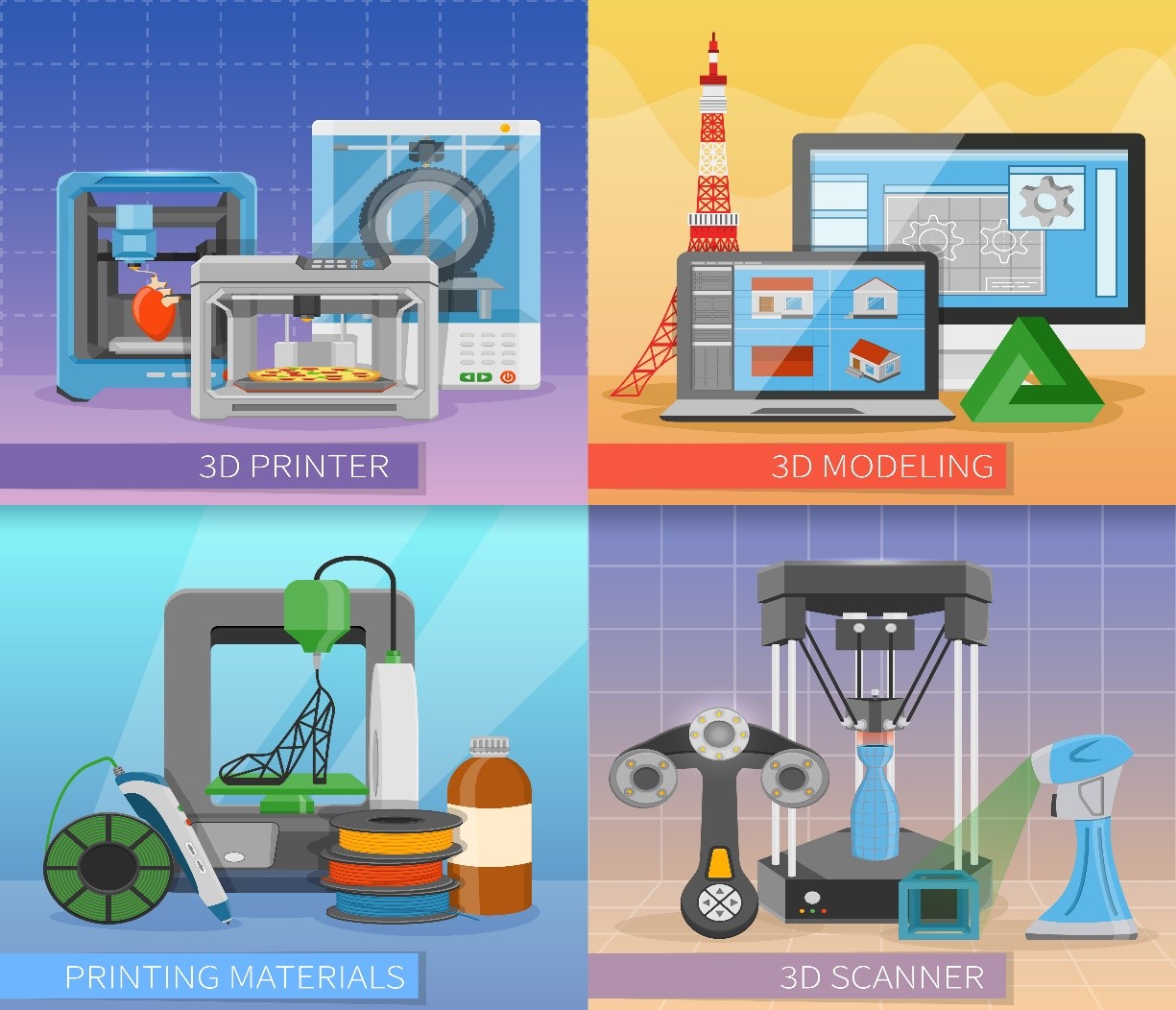Text Summarization
Text summarization is a natural language processing task that involves generating a shorter version of a longer text, while retaining its key information and meaning. Text summarization can be done manually, but with the growth of digital information, automated text summarization has become an increasingly important and useful tool.
Natural language processors are extremely efficient at analysing large datasets to understand human language as it is spoken and written. However, typical NLP models lack the ability to differentiate between useful and useless information when analysing large text documents. Therefore, startups are applying machine learning algorithms to develop NLP models that summarize lengthy texts into a cohesive and fluent summary that contains all key points. The main befits of such language processors are the time savings in deconstructing a document and the increase in productivity from quick data summarization.[1]

Figure .1 Text summarization
Figure 1 shows there are two main types of text summarization: extractive and abstractive. Extractive summarization involves selecting the most important sentences or phrases from the original text and concatenating them to form a summary. This approach is simpler and faster, but it may not generate a coherent and readable summary. Abstractive summarization, on the other hand, involves generating a summary by rephrasing and combining the key information from the original text using natural language generation techniques. Abstractive summarization is more challenging but can generate more readable and informative summaries.
Text summarization can be approached using various techniques, such as rule-based methods, statistical models, and deep learning models. Rule-based methods use heuristics and pre-defined rules to extract or generate a summary, while statistical models and deep learning models learn to summarize text from annotated training data.
Some popular algorithms for text summarization include Text Rank, a graph-based model that ranks sentences based on their similarity and importance; and Transformer-based models such as BART (Bidirectional and Auto-Regressive Transformers) and T5 (Text-to-Text Transfer Transformer), which are capable of generating abstractive summaries.
Text summarization has various applications, including news and content summarization, document summarization, and summarization of legal documents. It can also be useful for summarizing social media posts and chatbot conversations.
In summary, text summarization is an important and challenging natural language processing task that involves generating a shorter and informative version of a longer text. Extractive and abstractive summarization are two main approaches to text summarization, and various techniques and algorithms can be used to achieve this task.
References:
- https://www.startus-insights.com/innovators-guide/natural-language-processing-trends/ - named-entity-recognition
Cite this article:
Janani R (2023),Text summarization, AnaTechMaz, pp.237















